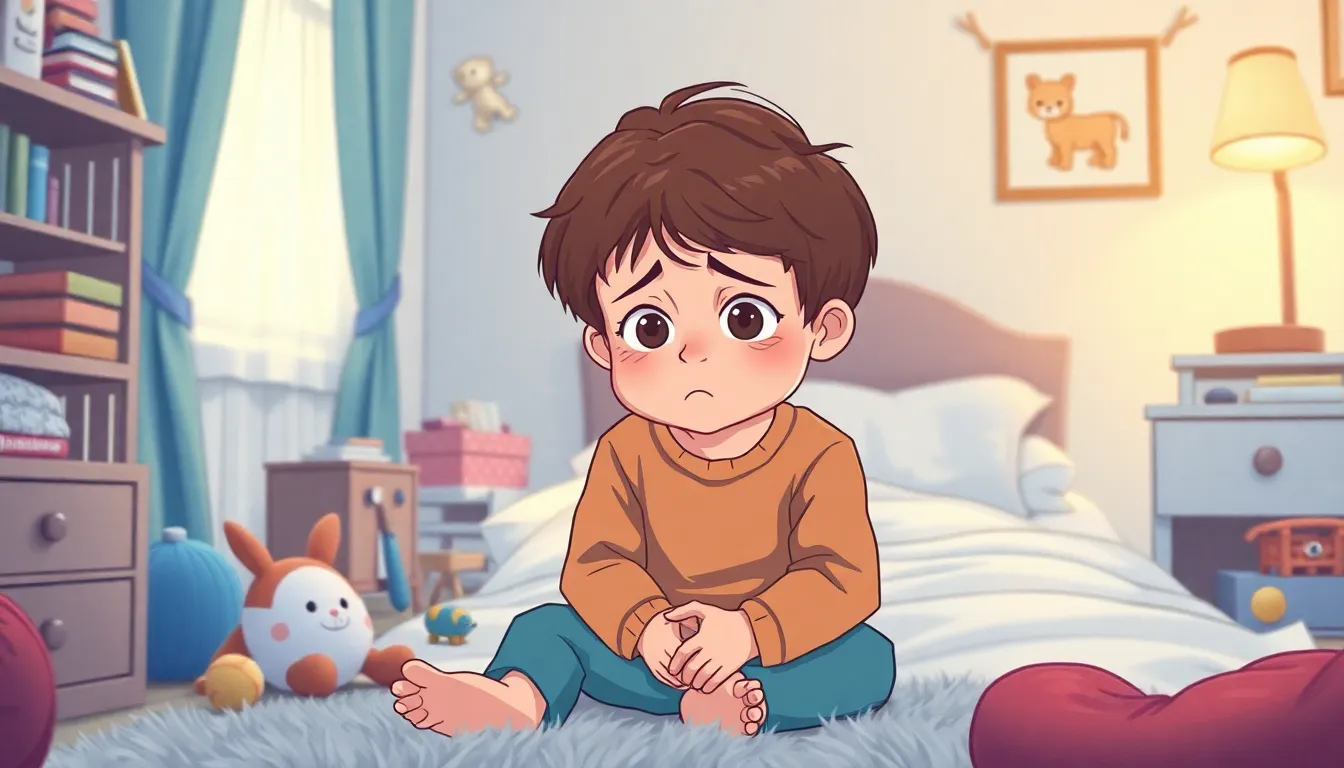Adoption trauma isn’t just a buzzword tossed around in parenting circles; it’s a real emotional rollercoaster that can leave both children and adoptive parents feeling a bit dizzy. Imagine a kiddo who’s been uprooted from everything they know, and suddenly they’re expected to embrace a new family, a new home, and a new set of rules. It’s like being handed a new video game controller without any instructions—confusing and a little frustrating!
Table of Contents
ToggleUnderstanding Adoption Trauma
Adoption trauma represents a complex emotional experience impacting adopted children and their families. This trauma can stem from various factors affecting the child’s sense of identity and belonging.
Definition of Adoption Trauma
Adoption trauma refers to the emotional distress resulting from separation from biological parents. This distress may manifest in feelings of abandonment and loss. Children often wrestle with their past experiences, leading to potential behavioral challenges and emotional struggles. Understanding this trauma involves recognizing how these experiences affect a child’s development and emotional well-being. Each child’s experience can differ, but symptoms commonly include anxiety, depression, and difficulty with attachment.
Causes of Adoption Trauma
Several factors contribute to the emergence of adoption trauma. Removal from a biological parent’s care typically initiates feelings of rejection or abandonment. Pre-adoption experiences, such as neglect or abuse, can compound this trauma and impact emotional responses. Age at the time of adoption influences how children process their feelings. Children adopted at older ages may carry deeper scars due to their longer exposure to instability. Additionally, cultural dislocation and identity confusion further complicate their adjustment. Addressing these causes is essential for helping families understand and support their adopted children’s emotional needs.
Signs and Symptoms of Adoption Trauma

Adoption trauma can manifest through various signs and symptoms, affecting children on emotional and behavioral levels.
Emotional Indicators
A child may experience intense emotions, including anxiety, sadness, and frustration. Feelings of abandonment often surface, creating a sense of insecurity. Children might display low self-esteem, leading to a pessimistic view of themselves. Intense mood swings can occur, indicating emotional instability. Trust issues frequently arise, making it hard for them to form secure attachments with caregivers. Anger often becomes a prevalent emotion, sometimes misdirected towards others. Frequently, children show signs of stress through nightmares or other sleep disturbances.
Behavioral Indicators
Changes in behavior may signal deeper emotional challenges. A child could exhibit withdrawal from social interactions, distancing themselves from friends and family. Aggressive behaviors may manifest, including hitting or yelling in response to frustrations. Regression to earlier developmental stages sometimes occurs, like bedwetting or sucking their thumb. Frequent tantrums can emerge, especially during moments of stress or transitions. Clinginess may develop as children fear abandonment or loss. Some may engage in risky behaviors, seeking thrills to cope with their emotional pain. Negative coping mechanisms like substance abuse might present later as they age, highlighting the long-term effects of unresolved trauma.
The Impact of Adoption Trauma
Adoption trauma profoundly affects both children and adoptive families. Understanding its impact is essential for fostering a supportive environment.
On Children
Children facing adoption trauma often navigate complex emotions. Feelings of abandonment and loss surface, leading to anxiety or depression. Behavioral challenges, including difficulty forming attachments, frequently arise. They may display withdrawal or aggression, which reflects their internal struggles. Trust issues might hinder their ability to connect with caregivers. Age at adoption plays a significant role; older children frequently carry deeper emotional scars. Symptoms can manifest through regression or clinginess, revealing their fears. Identifying these signs is crucial for providing effective support.
On Adoptive Families
Adoptive families encounter unique obstacles related to adoption trauma. Parents often grapple with feelings of helplessness when addressing their child’s emotional needs. Communication challenges may hinder family bonding; openly discussing feelings fosters understanding. Family members might experience their own emotional distress as they witness the child’s struggles. Support groups or therapy can provide much-needed guidance for navigating these complexities. Establishing a nurturing environment promotes healing, ensuring that adopted children feel secure. Compassionate dialogue among family members strengthens relationships and mitigates the effects of trauma.
Healing from Adoption Trauma
Healing from adoption trauma involves various strategies tailored to individual needs. Exploring different therapeutic approaches serves as a foundation for recovery.
Therapeutic Approaches
Therapy options include play therapy, which engages younger children in expressive play to process emotions. Cognitive-behavioral therapy (CBT) provides tools to address negative thought patterns, fostering healthier ways of thinking. Trauma-focused therapy specifically targets the emotional scars of past experiences. Family therapy can improve communication within the household, establishing a supportive atmosphere. Regular sessions with a licensed therapist can guide children and parents through the healing process, allowing for gradual emotional recovery and healthier relationships.
Support Systems
Support systems play a crucial role in the healing journey. Circle of friends and family members provides emotional backing and practical assistance. Online and local support groups connect adoptive families, creating spaces for shared experiences and advice. Educational resources, such as workshops or informational seminars, offer critical insights into adoption trauma and coping strategies. Schools also contribute by training staff to recognize and address emotional needs, promoting a more supportive environment for adopted children. Engaging with these systems enhances resilience and fosters healthy attachments.
Adoption trauma presents significant challenges that can affect both children and their families. Recognizing the emotional and behavioral signs is vital for fostering a supportive environment. By understanding the complexities of these experiences, families can better navigate the healing process.
Utilizing therapeutic approaches and engaging with support systems can empower families to build resilience and strengthen their bonds. With patience and dedication, healing from adoption trauma is not only possible but can lead to deeper connections and a more nurturing family dynamic.

